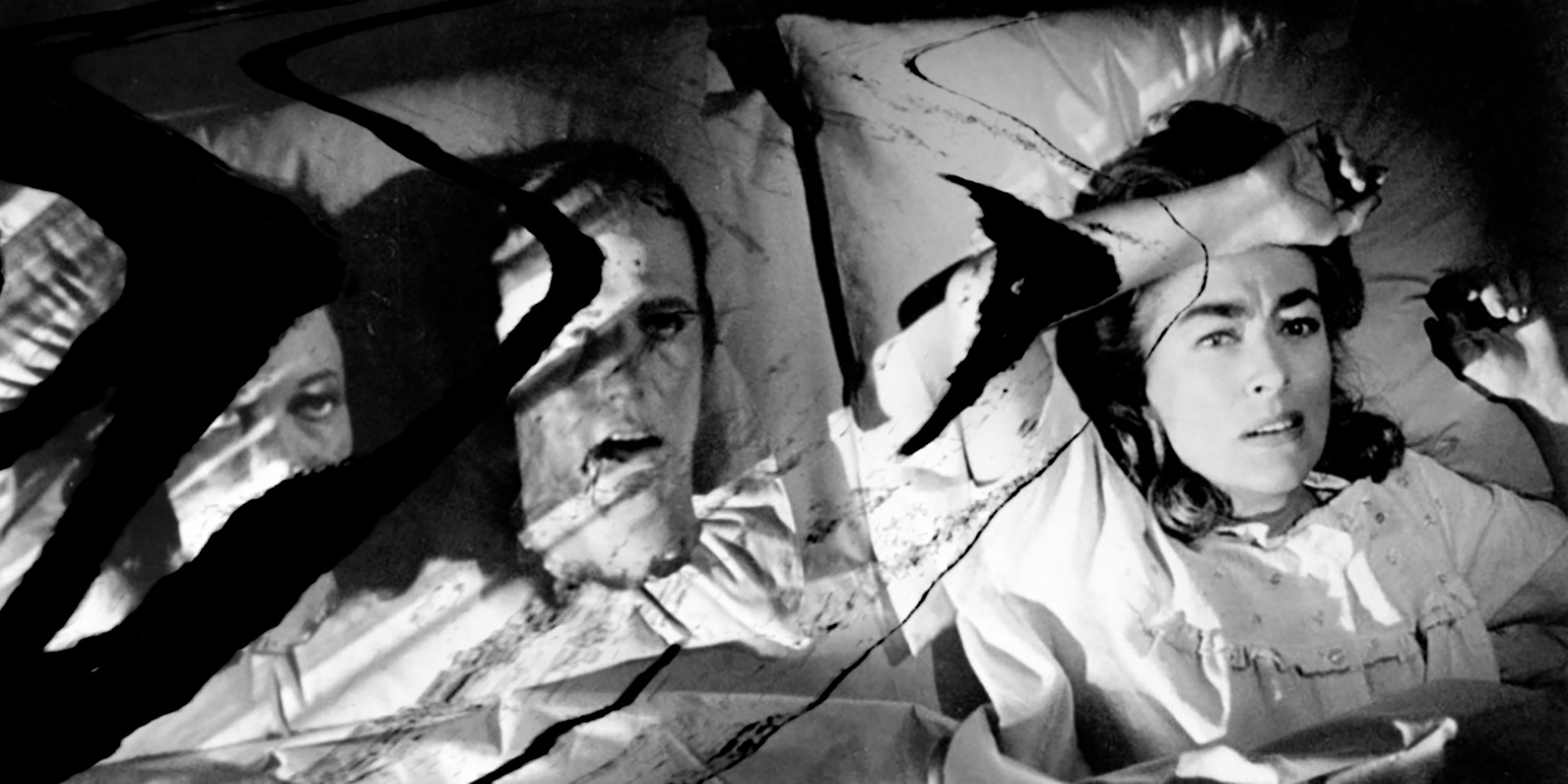


There’s nothing wrong with the influence it wields, mind you. A picture arguably known best for the image of Isabelle Adjani thrashing in a quagmire of her own inscrutable bodily fluids, a viscous breakdown suffered alone in a West Berlin subway station, Possession occupies considerable real estate in the psychotic women movie canon. Though words like “epic” or “iconic” have been drained of meaning by pop culture, “iconic” is the most correct way to describe Possession. Typically, mention of Janisse’s seminal genre text, House of Psychotic Women, first published in 2012, conjures up a handful of popularized titles: Thriller: A Cruel Picture, Repulsion, What Ever Happened to Baby Jane?, Twin Peaks: Fire Walk With Me and especially Andrzej Zulawski’s Possession, the standard-bearer of psychotic women films.

Fortunately, there’s always an easy way out: Pick option c), the audience, the ultimate beneficiaries of both Janisse’s efforts at mapping cinema’s long history of presenting beleaguered female characters as they unravel before our eyes, and Severin’s efforts at restoring deep cuts in Janisse’s psychotic women canon. Who gains the most from Severin’s impressive House of Psychotic Women: Rarities Collection: The psychotic women in each of the set’s four films, or Kier-La Janisse, the scholarly woman who coined their appellation? It’s a head-scratcher.


 0 kommentar(er)
0 kommentar(er)
